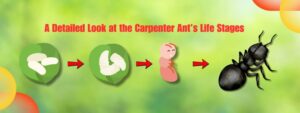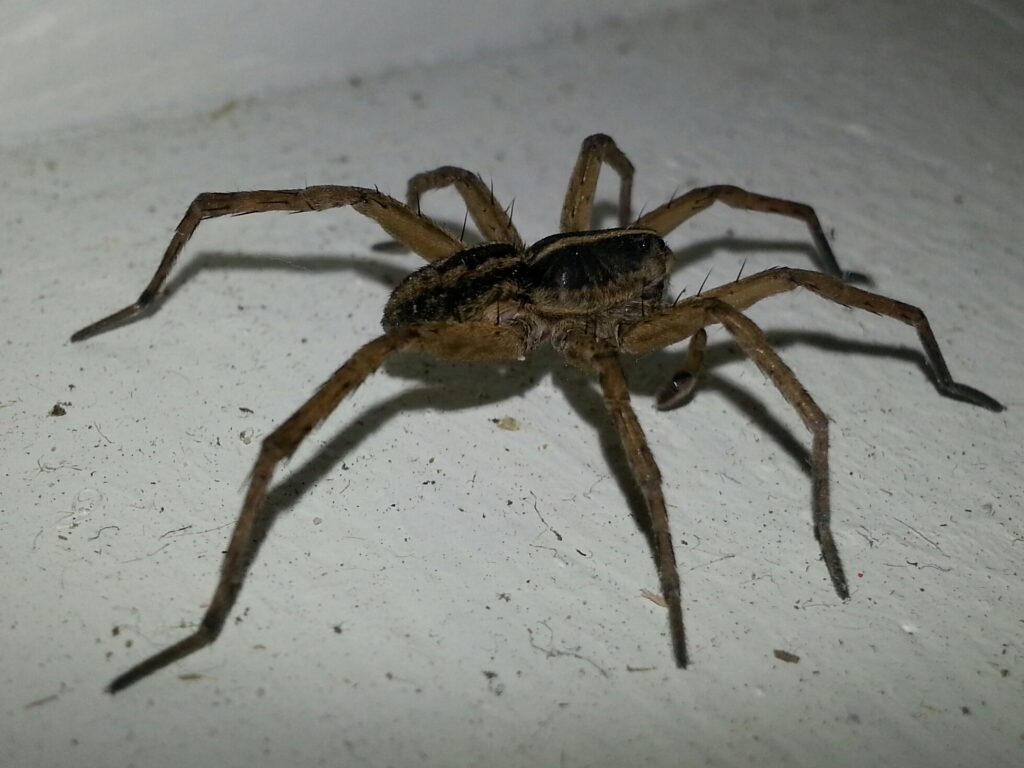 The life cycle of a carpenter ant is a remarkable display of nature's engineering, unfolding right in our backyards, and sometimes, even within the walls of our homes. Understanding the transition from a delicate egg to a fully matured adult carpenter ant offers valuable insights into why pest control in Waterloo is not just a matter of convenience but a necessary measure for maintaining the integrity of our structures.
A carpenter ant nest may appear innocuous at first glance, but behind the wooden facade lies a complex society teeming with diligent workers, all born from the strategic laying of eggs by the carpenter ant queen. While homeowners should be attuned to the signs of their presence, such as the fine wood shavings that often indicate a nest's location, it's the professional expertise that will ensure these intricate creatures are respectfully and safely managed.
This lifecycle narrative isn't only a curiosity—it's a pivotal understanding of one of nature's fascinating architects and the importance of safeguarding our homes against their unintended impact.
The life cycle of a carpenter ant is a remarkable display of nature's engineering, unfolding right in our backyards, and sometimes, even within the walls of our homes. Understanding the transition from a delicate egg to a fully matured adult carpenter ant offers valuable insights into why pest control in Waterloo is not just a matter of convenience but a necessary measure for maintaining the integrity of our structures.
A carpenter ant nest may appear innocuous at first glance, but behind the wooden facade lies a complex society teeming with diligent workers, all born from the strategic laying of eggs by the carpenter ant queen. While homeowners should be attuned to the signs of their presence, such as the fine wood shavings that often indicate a nest's location, it's the professional expertise that will ensure these intricate creatures are respectfully and safely managed.
This lifecycle narrative isn't only a curiosity—it's a pivotal understanding of one of nature's fascinating architects and the importance of safeguarding our homes against their unintended impact.
The Misunderstood Carpenter Ant: More Than Just a Nuisance
It's easy to confuse carpenter ants with termites, but unlike their wood-eating counterparts, carpenter ants don't consume wood—they tunnel through it. This might seem like a minor distinction, but it should be a testament to their silent impact on the integrity of your home's core structure. They’re not inherently malicious; rather, they're just following their nature to excavate more space for their colonies. Carpenter ants can be concerning for homeowners, indicating possible structural damage. Recognizable by their large size and dark color, these pests may indicate a sizable colony within your walls causing harm. Understanding their life cycle is essential to effectively address a carpenter ant infestation. A carpenter ant nest is not always easy to spot directly, yet certain signs can alert homeowners to their presence. Initially, you might come across small piles of what appears to be very fine sawdust—this is actually frass, the byproduct of their tunnelling activities. These piles are often found underneath wooden items or along the edges of walls. Nests are typically located in moist wood, which can be in places vulnerable to water damage such as near leaking windows, pipes, or roofs.A Detailed Look at the Carpenter Ant’s Life Stages
- The Starting Line: The Egg
- Larval Development
- Pupation Process
- The Emergence of the Adult


